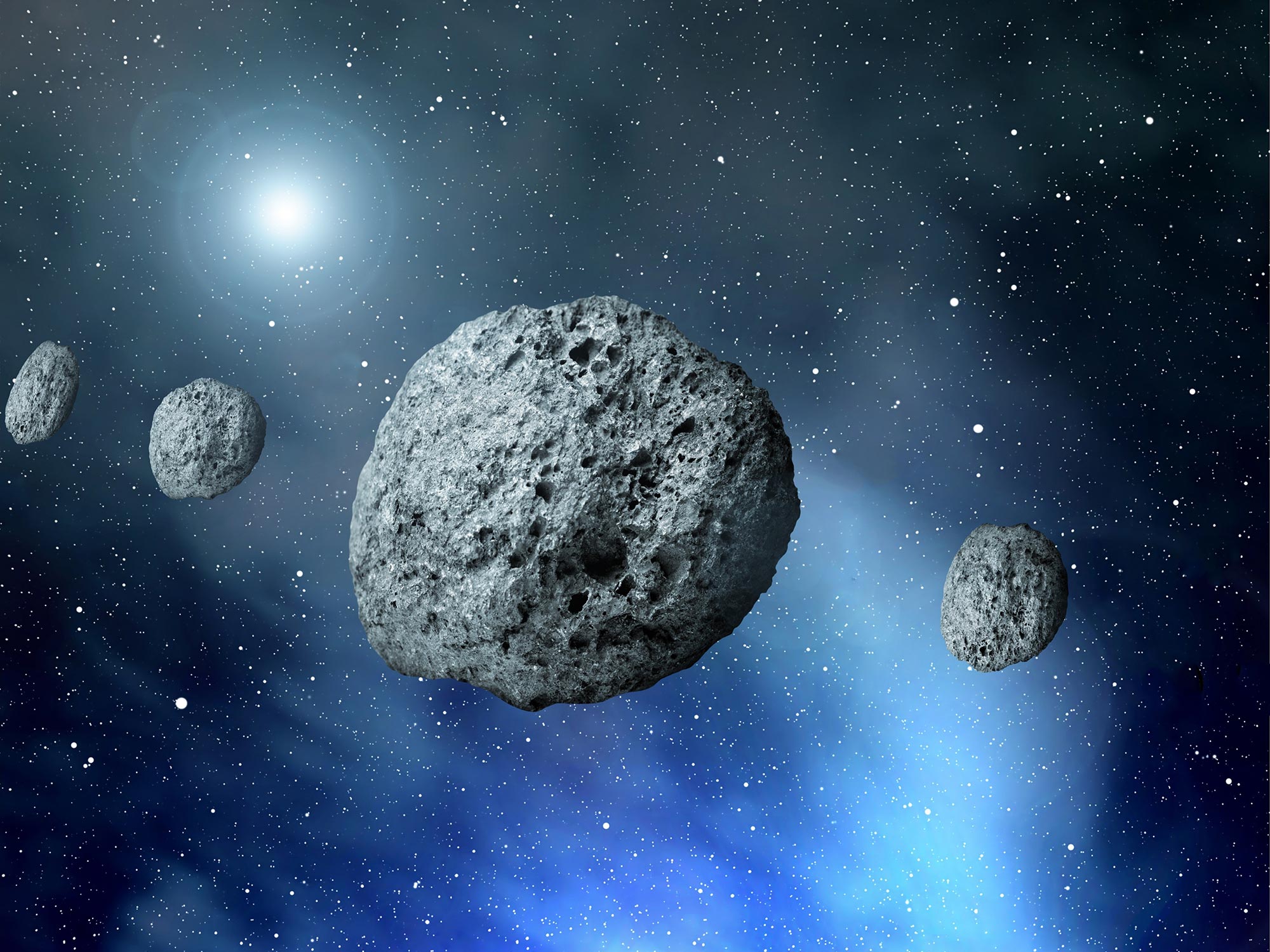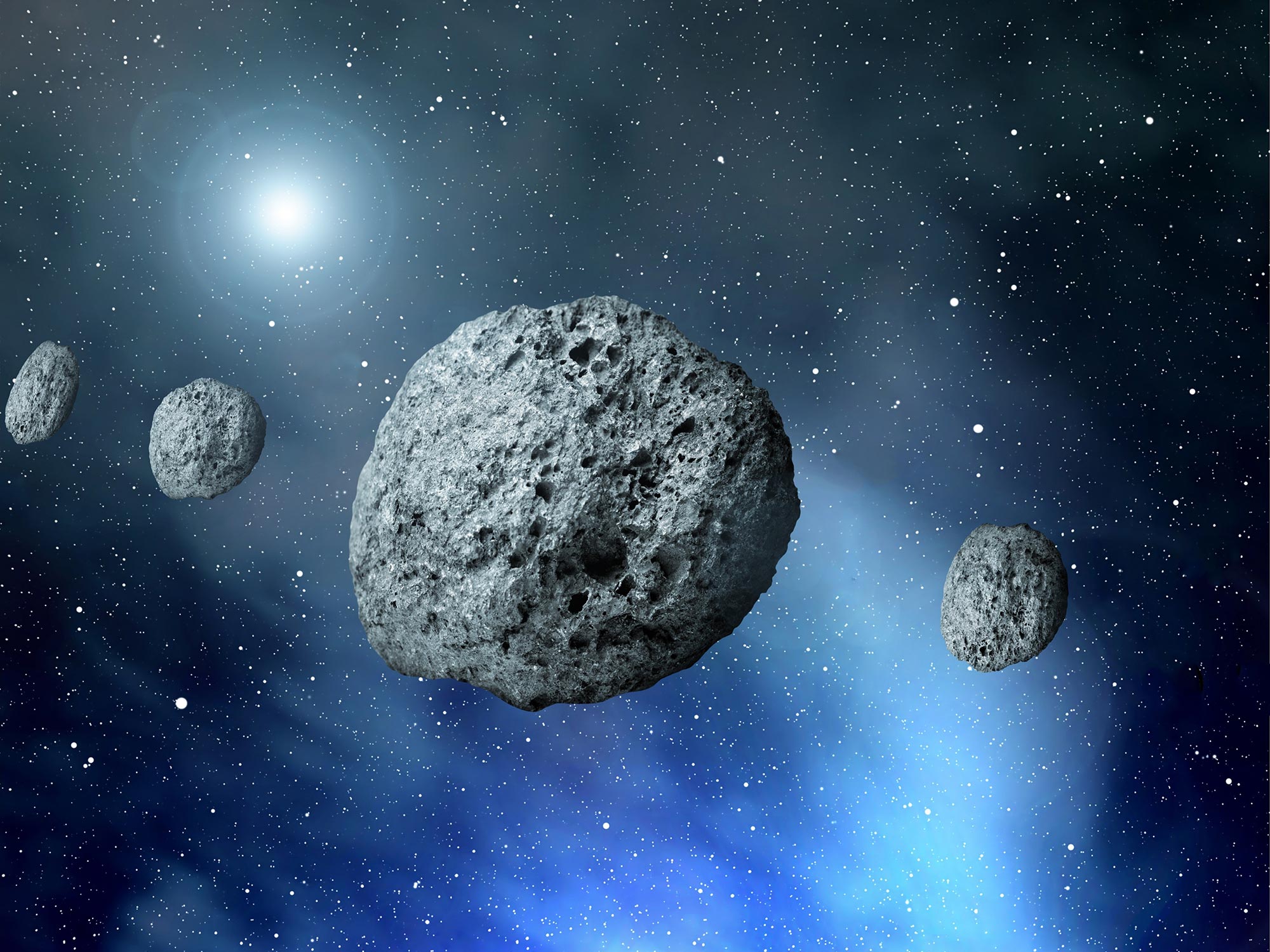
Die Asteroiden befinden sich im Asteroidengürtel zwischen Mars und Jupiter und sind reich an Wasser.
Es wird angenommen, dass kleine Planeten an der Peripherie unseres Sonnensystems entstanden sind.
Astronomen haben mit Hilfe neuer Infrarotmessungen eine bahnbrechende Entdeckung gemacht. Ein Team internationaler Forscher, darunter Geowissenschaftler der Universität Heidelberg, hat eine bisher unbekannte Klasse von Asteroiden identifiziert. Mittels Infrarotspektroskopie konnten Wissenschaftler diese winzigen Himmelskörper charakterisieren.
Neu entdeckte Asteroiden sind im Asteroidengürtel dazwischen zu finden[{“ attribute=““>Mars and Jupiter and are similar to the dwarf planet Ceres – rich in water. Computer simulations suggest that these asteroids were moved into the current location in the asteroid belt shortly after their formation due to complex dynamic processes in the outer reaches of the Solar System.
With an equatorial diameter of approximately 900 kilometers, the dwarf planet Ceres is the largest object in the asteroid belt between Mars and Jupiter. Many other small planets orbit in this region as well. “These are the remains of the building materials from which the planets of our Solar System were created four and a half billion years ago. In these small bodies and their fragments, the meteorites, we find numerous relics that point directly to the process of planet formation,” explains Prof. Mario Trieloff from the Institute of Earth Sciences of Heidelberg University. The current study shows that the small astronomical bodies originate from all regions of the early Solar System.
By means of small bodies from the outer Solar System, water could have reached the still-growing Earth in the form of asteroids, because the building blocks of the planets in the inner Solar System tended to be arid, according to Prof. Trieloff, who heads up the Geo- and Cosmochemistry research group.
The new infrared spectra were measured by Dr. Driss Takir at the NASA Infrared Telescope facility at the Mauna Kea Observatory in Hawaii (USA). “The astronomical measurements permit the identification of Ceres-like asteroids with a diameter as small as 100 kilometers, presently located in a confined region between Mars and Jupiter near Ceres’ orbit,” explains Dr. Takir, an astrophysicist at the NASA Johnson Space Center and lead author of the study.
At the same time, the infrared spectra support conclusions as to the bodies’ chemical and mineralogical composition. Just like Ceres, there are minerals on the surface of the discovered asteroids that originated from an interaction with liquid water.
The small astronomical bodies are quite porous. High porosity is yet another characteristic shared with the dwarf planet Ceres and an indication that the rock material is still quite original. “Shortly after the formation of the asteroids, temperatures were not high enough to convert them into a compact rock structure; they maintained the porous and primitive character typical of the outer ice planets located far from the Sun,” explains Dr. Wladimir Neumann, a member of Prof. Trieloff’s team. He was responsible for the computer modeling of the thermal development of the small bodies.
The properties of these Ceres-like objects and their presence in a relatively narrow zone of the outer asteroid belt suggest that these bodies were first formed in a cold region at the edge of our Solar System. Gravitational disruptions in the orbits of large planets like Jupiter and Saturn – or “giant planet instability” – changed the trajectory of these asteroids such that the objects were “implanted” in today’s asteroid belt. This was demonstrated through numerical calculations performed by the researchers on trajectory developments in the early Solar System.
Reference: “Late accretion of Ceres-like asteroids and their implantation into the outer main belt” by Driss Takir, Wladimir Neumann, Sean N. Raymond, Joshua P. Emery and Mario Trieloff, 20 February 2023, Nature Astronomy.
DOI: 10.1038/s41550-023-01898-x
Scientists from France and the USA contributed to the research, which was funded by the German Research Foundation and the Klaus Tschira Foundation.

„Unapologetic Analyst. Wütend bescheidener Kaffee-Evangelist. Gamer. Kann nicht mit Boxhandschuhen tippen. Student. Unternehmer.“











More Stories
Die deutsche Luft- und Raumfahrtindustrie steht vor dem Ende des Typhoon-Programms
Airbus erhält 2,1 Milliarden Euro für den Aufbau eines deutschen militärischen Kommunikationssystems
RFA, ATMOS und Yuri kündigten den Mikrogravitationsdienst „Eva“ an